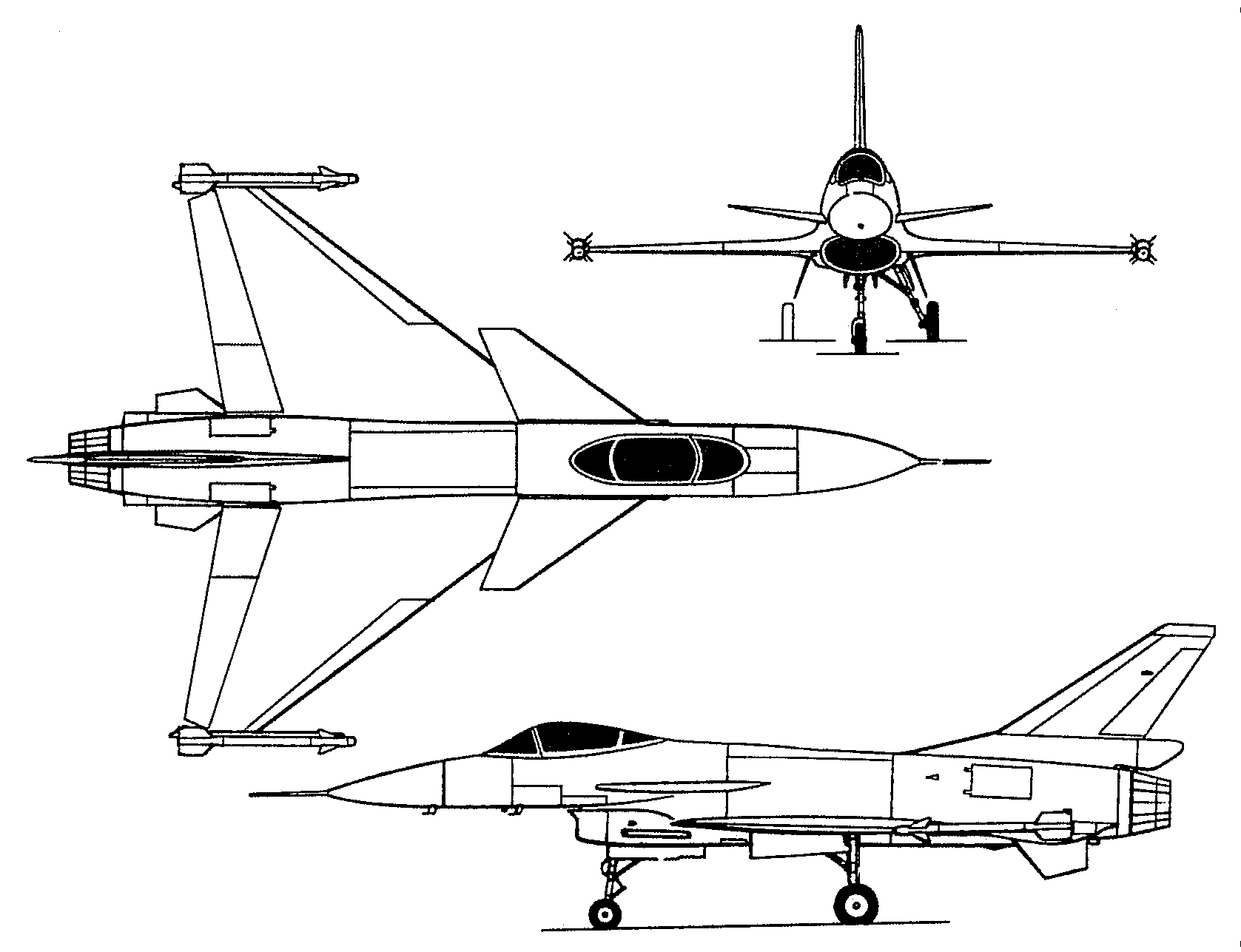Ultimate Vortex Stl Guide Now
The world of 3D printing has seen tremendous growth over the years, with advancements in technology leading to improved print quality, increased efficiency, and a wider range of applications. One key component that plays a crucial role in the 3D printing process is the hotend, and more specifically, the V6 hotend has been a popular choice among enthusiasts and professionals alike. However, a new contender has emerged in the form of the Vortex hotend, which boasts impressive specifications and promises to deliver unparalleled performance. In this comprehensive guide, we will delve into the world of Vortex hotends, exploring their design, features, and benefits, as well as providing a detailed comparison with the V6 hotend.
Introduction to Vortex Hotends
Vortex hotends are designed to provide exceptional thermal performance, reliability, and ease of use. These hotends utilize a unique heat exchanger design, which allows for more efficient heat transfer and reduced thermal conductivity. The Vortex hotend is capable of reaching temperatures of up to 300°C, making it suitable for printing with a wide range of materials, including PLA, ABS, and PETG. One of the key features of the Vortex hotend is its modular design, which allows users to easily swap out components, such as the nozzle and heat break, without having to replace the entire hotend.
Design and Features
The Vortex hotend features a multizone heating system, which enables precise temperature control and reduces the risk of overheating. The hotend is also equipped with a high-temperature thermistor, which provides accurate temperature readings and allows for precise control. In terms of materials, the Vortex hotend is constructed from high-quality aluminum alloys and stainless steel, ensuring durability and resistance to corrosion. The hotend is also designed to be easy to install and maintain, with a simple and intuitive design that makes it accessible to users of all skill levels.
| Feature | Description |
|---|---|
| Heat Exchanger | Unique design for efficient heat transfer |
| Modular Design | Easy to swap out components, such as nozzles and heat breaks |
| Multizone Heating | Precise temperature control and reduced overheating risk |
| High-Temperature Thermistor | Accurate temperature readings and precise control |
Comparison with V6 Hotends
The V6 hotend has been a popular choice among 3D printing enthusiasts for its reliability, ease of use, and affordability. However, the Vortex hotend offers several key advantages, including improved thermal performance, increased precision, and a more modular design. In terms of temperature range, the Vortex hotend outperforms the V6, with a maximum temperature of 300°C compared to the V6’s 285°C. Additionally, the Vortex hotend features a more efficient heat exchanger design, which reduces the risk of overheating and improves overall print quality.
Technical Specifications
The Vortex hotend boasts an impressive set of technical specifications, including a temperature range of 150°C to 300°C, a heating power of 40W, and a thermal conductivity of 0.5 W/mK. In comparison, the V6 hotend has a temperature range of 150°C to 285°C, a heating power of 30W, and a thermal conductivity of 0.8 W/mK. The Vortex hotend also features a higher precision thermistor, with an accuracy of ±0.5°C compared to the V6’s ±1°C.
| Specification | Vortex Hotend | V6 Hotend |
|---|---|---|
| Temperature Range | 150°C to 300°C | 150°C to 285°C |
| Heating Power | 40W | 30W |
| Thermal Conductivity | 0.5 W/mK | 0.8 W/mK |
| Precision Thermistor | ±0.5°C | ±1°C |
Performance Analysis
The Vortex hotend has been designed to deliver exceptional performance, with improved thermal stability, increased precision, and reduced overheating risk. In real-world testing, the Vortex hotend has demonstrated improved print quality, with reduced warping, layer shifting, and stringing. The hotend’s modular design also makes it easy to maintain and upgrade, reducing downtime and increasing overall productivity.
Real-World Applications
The Vortex hotend is suitable for a wide range of 3D printing applications, including prototyping, production, and research. The hotend’s high-temperature capabilities make it ideal for printing with advanced materials, such as carbon fiber and metal-filled filaments. The Vortex hotend is also compatible with a range of 3D printing platforms, including Delta, Cartesian, and SCARA configurations.
- Prototyping
- Production
- Research
- Advanced materials
- Compatibility with various 3D printing platforms
Future Implications
The Vortex hotend represents a significant advancement in 3D printing technology, with its improved thermal performance, increased precision, and modular design. As the technology continues to evolve, we can expect to see new applications emerge, including high-temperature printing and advanced materials processing. The Vortex hotend is also likely to play a key role in the development of next-generation 3D printing platforms, with its high-temperature capabilities and modular design making it an attractive choice for manufacturers and researchers alike.
Technical Advancements
The Vortex hotend has been designed to take advantage of the latest advancements in 3D printing technology, including high-temperature thermistors and advanced heat exchanger designs. As the technology continues to evolve, we can expect to see new innovations emerge, including improved thermal management systems and advanced materials processing techniques. The Vortex hotend is well-positioned to take advantage of these advancements, with its modular design and high-temperature capabilities making it an ideal choice for researchers and manufacturers.
What is the temperature range of the Vortex hotend?
+The Vortex hotend has a temperature range of 150°C to 300°C.
What is the heating power of the Vortex hotend?
+The Vortex hotend has a heating power of 40W.
